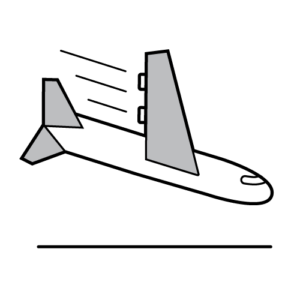Cost-Benefit Analysis
Mosaic has extensive experience in fast-time modeling and simulation to support FAA and NASA analysis efforts in evaluating concepts of operations, conducting performance assessments, and developing performance requirement specifications. Mosaic’s Modeling and Simulation Environment (MSE) has been used multiple times to inform investment decision-making in the NextGen era. MSE has been adapted for multiple airports and has been applied to assess Trajectory Based Operations (TBO) performance, determine benefits and define requirements for the Management by Trajectory concept, define and validate performance requirements for Terminal Flight Data Manager (TFDM), model benefits for Time Based Flow Management (TBFM), and evaluate the integration of Unmanned Aircraft Systems (UAS) into the National Airspace System. Beyond MSE, Mosaic has experience in many fast-time simulation environments developed by FAA, NASA, and DOT. Our staff has applied them to various problems, including stochastic evaluation of new concepts, benefits analysis, concept development, and system-wide impact studies.


